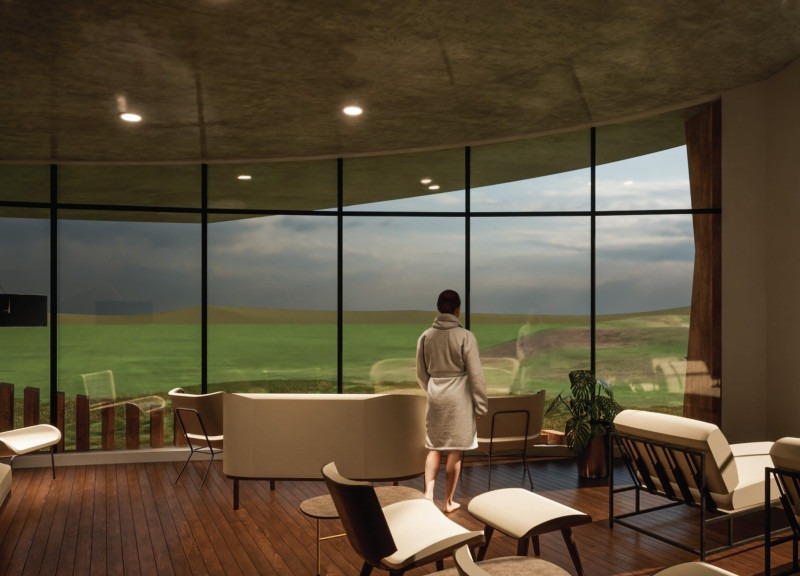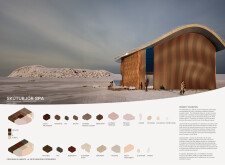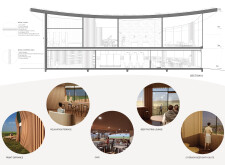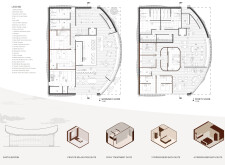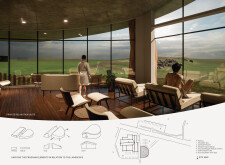5 key facts about this project
## Project Overview
The architectural project is located in [insert geographical location], designed by [insert architect or firm name] and completed in [insert date]. Its primary purpose is [residential, commercial, institutional, etc.]. The design emphasizes connectivity and interaction with the surrounding context, reflecting a commitment to both functionality and aesthetic coherence.
## Materiality and Environmental Integration
The choice of materials is fundamental to the project's design intent. Reinforced concrete forms the structural backbone, offering durability and an expansive framework for the modern aesthetic. Extensive use of glass enhances transparency and light penetration, which not only enlivens the interior spaces but establishes a visual dialogue with the exterior environment. Complementary materials such as timber add warmth, while steel contributes to the structural integrity and detailing of the facade. Local brick resonates with the historical context of the area, playing a crucial role in thermal efficiency.
## Spatial Organization and Facade Treatment
The internal layout follows a strategic pattern that balances open communal areas with private workspaces, ensuring both accessibility and interaction among users. Notable spaces such as [name key areas, e.g., living rooms, conference rooms] are deliberately designed to encourage engagement through clear sightlines and connected pathways.
The facade treatment is characterized by [describe style—modern, contextual], featuring innovative elements like [mention details such as sunshades or green roofs] that enhance ecological performance. The landscaping integrates native plantings and thoughtful water management features, furthering the project's aim to harmonize built and natural environments while supporting local biodiversity.


